What is the difference between an overlock and a cover sewing machine and is it possible to do with one thing?
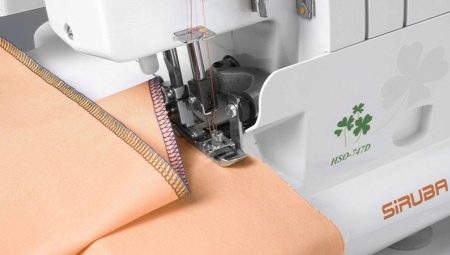
Increasingly, in everyday use, simple sewing machines are being replaced by more and more complex and functional ones. This not only improves the quality of the finished products, but also simplifies the workflow. Anyone who is even a little familiar with sewing knows the terms overlock and cover sewing machine. They have a lot in common, although there are differences.
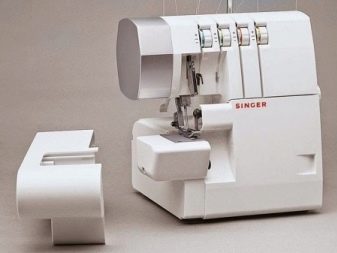
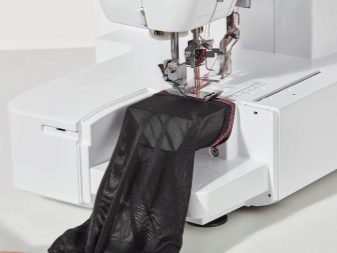
Comparison of characteristics
There is not much difference between an overlock and a cover sewing machine. The first is mainly used for trimming and overcasting fabric edges. With its help, you can easily create a stretching or decorative seam. Thanks to the work of the overlock, the edges of the fabric do not fluff, excess threads do not stick out, and the cut looks aesthetically pleasing... The overlock does not replace the sewing machine, but complements it. Therefore, beginners often do without it at all, but professionals need it. Overlock is especially useful when working with stretch fabrics such as knitwear.
A sewing machine is needed just for working with such fabrics. It is mainly used to create flat and elastic seams. Such seams can play not only a practical, but also a decorative role.
With the help of such a device, it is convenient to sew an elastic band to trousers, to bend sleeves or trousers.
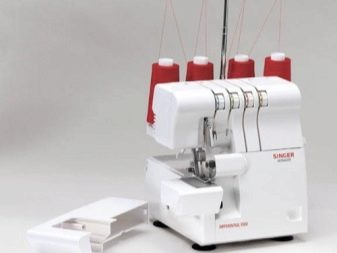
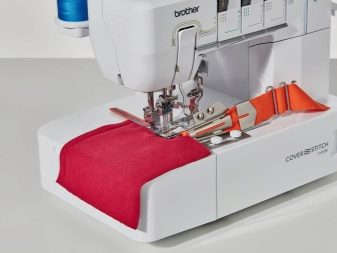
It is often difficult for beginners to visually distinguish between a cover sewing machine and an overlock... The first is more like a regular sewing machine due to the overhang of the sleeve. This was done in order to be able to conveniently expand the product during thread connection. The overlock has practically no sleeve departure, because this device works only with the edge of the fabric. The sewing machine can sew its stitch anywhere on the fabric, while the overlock ensures neatly overcast edges.
In addition to visual differences, these devices also have technical ones. The main functionality of the sewing machine is limited to working with fabrics such as stretch and knitwear. Its flat seam is ideal for hemming stretch fabrics. The main function is to grind the material. The overlock task is completely different. He works around the edge of the piece, trimming and hemming. It is impossible to make a flat seam with it. But, now there are so-called carpet locks. They combine the capabilities of both an overlock and a cover sewing machine.
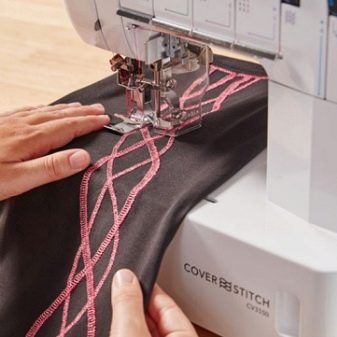
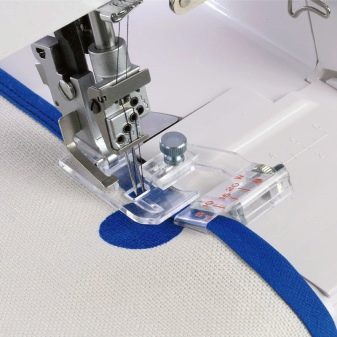
How to do without a cover sewing machine?
Both devices only simplify the sewing process, but are not necessary.... Modern sewing machines can offer users both overcast and flat seams. Of course, the convenience and quality of their creation cannot be compared with specially designed machines. A good alternative would be an imitation of a flat seam on the overlock. A flat seam uses up a fairly large amount of thread. To process a medium-sized product, it will take about three bobbins of 200 meters each. Due to the savings in materials, the most common is the double thread stitch on the overlock. It is worth choosing thin elastic threads, it will be easier and more reliable to work with them. When the seam is stretched, regular cottons may tear.
You will definitely need a differential conveyor... It looks like a rail with two legs that squeeze and stretch the material during operation. They perform the work of a person, when, during normal sewing, he either stretches the material under the foot, then, on the contrary, drives it under it. Thanks to this function, the stitches are smooth and elastic. If you intentionally stretch the fabric with your hands, you can make an even decorative seam.
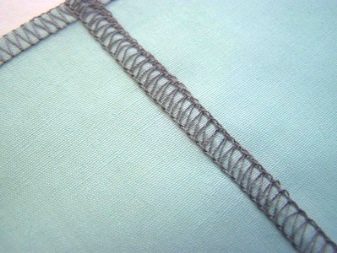
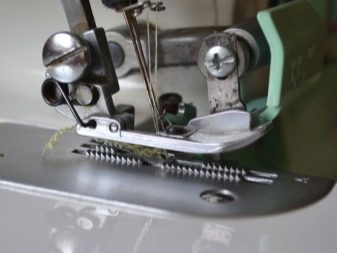
Setting up the overlock for a cover stitch is easy. Increase the tension of the lower looper as much as possible and loosen the tension of the upper one. To make the cover stitch narrow or wide, use the right and left needles, respectively.
Unplug the overlock knife before starting work. If your device is an old model, then just pull it and turn it up. In new overlocks, it is enough to simply lower it down. Now attach the coverstitch foot. Do not forget to iron the junction of the fabric, and if possible, sweep it again. The stitching will protrude beyond the fold. Some sewing machines have a special seam for overcasting the edges of the fabric. Also, some craftsmen use a simple zigzag or decorative stitch.
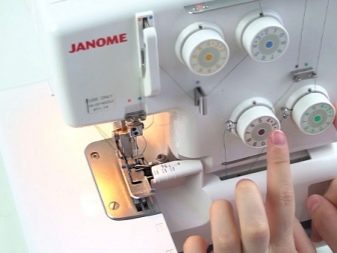

What is the best choice?
Each master independently decides what he needs - a cover sewing machine or an overlock. All of these devices are optional or optional. Beginners don't have to buy everything at once. At first, you can even do without an overlock. Well, in more advanced models of sewing machines, there are many functions to facilitate the process.
Both the overlock and the cover sewing machine are just a means to speed up and facilitate the sewing process. Both of them take place both in the home and in professional use. If, after all, there is a choice between these two machines, then first of all it is worth getting an overlock.
Sewing equipment is now available to many. Different devices differ only in the speed of operation and in the variety of versions.
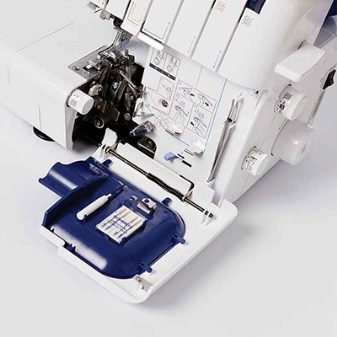
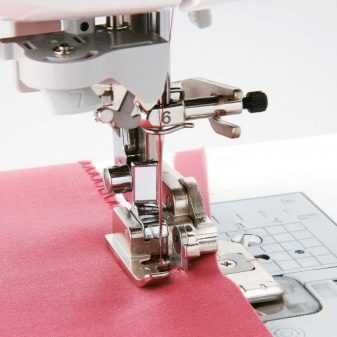
For information on what to choose, an overlocker, a coverlock or a coverlock, see the next video.








